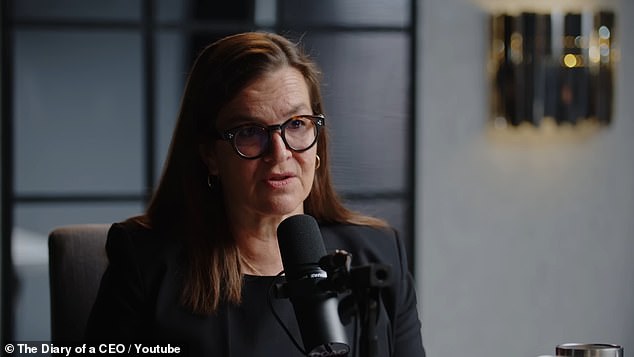
Nuclear Survival Expert Unveils Sole Safe Zone During Global Nuclear Conflict
Surviving Nuclear War: Why Australia and New Zealand Could Be Safe Havens
A nuclear war would unleash catastrophic global destruction, spreading radiation, sparking climate collapse, and triggering mass famine. But investigative journalist Annie Jacobsen, author of Nuclear War: A Scenario, claims one region might offer a chance of survival: Australia and New Zealand.
On The Diary of a CEO podcast, Jacobsen explained that the Southern Hemisphere’s remoteness and agricultural resilience could spare it from the worst effects of a nuclear conflict. With escalating tensions between Israel, Iran, and global powers like Russia and China, fears of World War III loom large.
The Threat of Nuclear Winter
Jacobsen outlined a chilling scenario: nuclear strikes in the Northern Hemisphere would ignite firestorms, releasing soot into the stratosphere. This would block sunlight, plunging temperatures by up to 40°F and causing “nuclear winter.” Crops would fail, radiation would poison ecosystems, and global food systems would collapse.
A 2022 study in Nature Food by Professor Owen Toon estimated 5 billion deaths from starvation within two years. “Places like Iowa and Ukraine would be snow-covered for a decade. Survivors would be forced underground,” Jacobsen warned.
[Image: Illustration of a nuclear winter scenario with darkened skies and frozen landscapes. Caption: Nuclear winter could plunge regions like the U.S. into darkness and freezing temperatures.]
Why Australia and New Zealand?
The two island nations have critical advantages:
- Geographic isolation: Far from likely conflict zones (U.S., Russia, China), reducing direct blast impacts.
- Agricultural sustainability: Predicted to retain some capacity to grow food post-war.
- Weather patterns: Prevailing winds could divert radioactive fallout away from the Southern Hemisphere.
“Australia and New Zealand are the only places that could sustain agriculture,” Jacobsen told podcast host Steven Bartlett, who quipped, “I was just there—good timing!”
[Image: Map highlighting Australia and New Zealand’s isolation from Northern Hemisphere conflict zones. Caption: Their remoteness may shield them from nuclear fallout.]
Survival Elsewhere: Fallout Shelters
For those unable to flee, Jacobsen emphasized outdated U.S. fallout shelters as temporary refuges. Key features include:
- Thick concrete/steel walls to block radiation.
- Air filtration systems.
- Months-worth of food, water, and waste disposal.
These shelters, however, offer no protection against initial blasts—only a chance to wait out radiation decay.
[Image: 1960s-era fallout shelter sign. Caption: Decades-old shelters remain a last-resort option.]
Rising Global Tensions
Recent Middle East escalations—such as Iranian sleeper cell threats and stalled Israel-Iran ceasefires—have heightened nuclear fears. Russia and China, both nuclear-armed Iranian allies, warn that U.S. involvement could spark global war.
Jacobsen’s book underscores humanity’s fragility: “Hundreds of millions die in fireballs. Billions more starve. Australia and New Zealand aren’t utopias—they’re just the least terrible options.”
Word count: ~600
(Note: Image placeholders are conceptual; actual article would include licensed visuals.)


